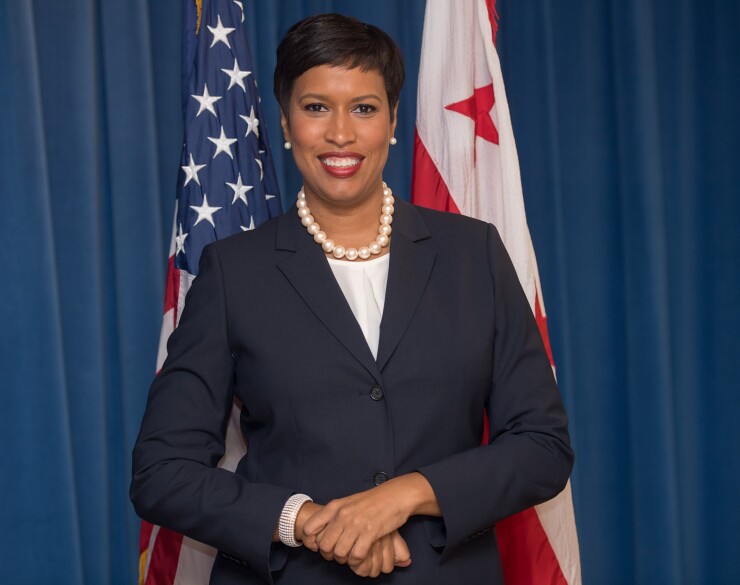A proposed $2 billion public private partnership that would have moved two major league sports teams out of Washington D.C. and into a bond-financed, built-from-scratch arena in Northern Virginia is officially off, following an announcement that the District has come to terms on a deal to keep the teams in their current home.
On Wednesday, D.C. Mayor Muriel Bowser teamed up with Ted Leonsis, owner of the NBA’s Washington Wizards and the National Hockey League’s Washington Capitals in announcing plans for $515 million worth of improvements to the teams’ current home, in the Northwest D.C. Chinatown neighborhood.
According to the Office of the Chief Financial Officer, DC, “The plan is for the OCFO to issue debt over a 3-year period to fund the District’s commitment of $515 million to assist in the renovations of Capital One Arena.”
DC.Gov
The agreed upon number is $15 million higher than what was pitched as the city’s final and best offer earlier this year and locks the teams into a 25-year lease.
The extra money will be used to improve the alley separating Capital One Arena from the Gallery Place complex which includes a metro train station, retail, and residential space.
“We are going to have a state-of-the-art urban arena in Downtown D.C. and that’s a great deal for D.C., for the teams, and for the fans,” said Mayor Bowser in a statement. ”We made a great offer and kept that offer on the table because we have known all along that this is a win-win for our city and the teams.”
The plan still requires approval from the D.C. City Council who approved the original $500 million last December. The money will be flowing from the city’s capital budget which is in better shape than the operating budget.
The new arena deal at Potomac Yards was dealt a fatal blow courtesy of Virginia State Senator L. Louise Lucas, who chairs the Senate Finance and Appropriations Committee.
Lucas, a Democrat, prefers to see state money going to toll road relief in her home base of Portsmouth. She remains a vocal skeptic about the rosy financial picture painted by Virginia’s Republican Gov. Glenn Youngkin, who announced the now-scuttled deal last
Youngkin maintained the project would
In addition to political objections, the project also sparked rebellion in the neighborhoods near the site. Potomac Yard is a former rail hub that straddles Arlington County and the city of Alexandria. The area is currently dominated by surface parking lots and big box retail.
“My biggest concern about this has been the state of Virginia and the city of Alexandria, were putting their credit on the line,” said John Breyault, one of the organizers of the Coalition to Stop the Arena at Potomac Yard. “The credit behind this project was going to be a bigger debt than any other sports arena subsidy in history,”
Moody’s Investors Service is offering a cautious nod of approval to the plan’s new direction. ”The decision to keep the teams in D.C. is a positive one,’ said Nicholas Samuels, SVP, Public Projects and Infrastructure Finance at Moody’s Ratings.
“Efforts to maintain and enhance the arena and surrounding neighborhood will help draw more people downtown and drive spending. That will bolster the sales and property tax revenue the District uses to pay debt service on related tax increment financing districts and the hospitality taxes it uses to pay convention center debt.”
Breyault cited academic evidence that questions exactly how much economic development is generated by publicly financed sports facilities and said the state has needs that stretch beyond Northern Virginia.
“Virginia’s and Alexandria’s triple-A credit ratings are used to backstop projects that benefit the entire state,” said Breyault. “Things like roads, bridges, education and mental health.”
“You only have to look at what happened in Baltimore to understand how important it is to spend the money that’s necessary to protect your infrastructure.”
